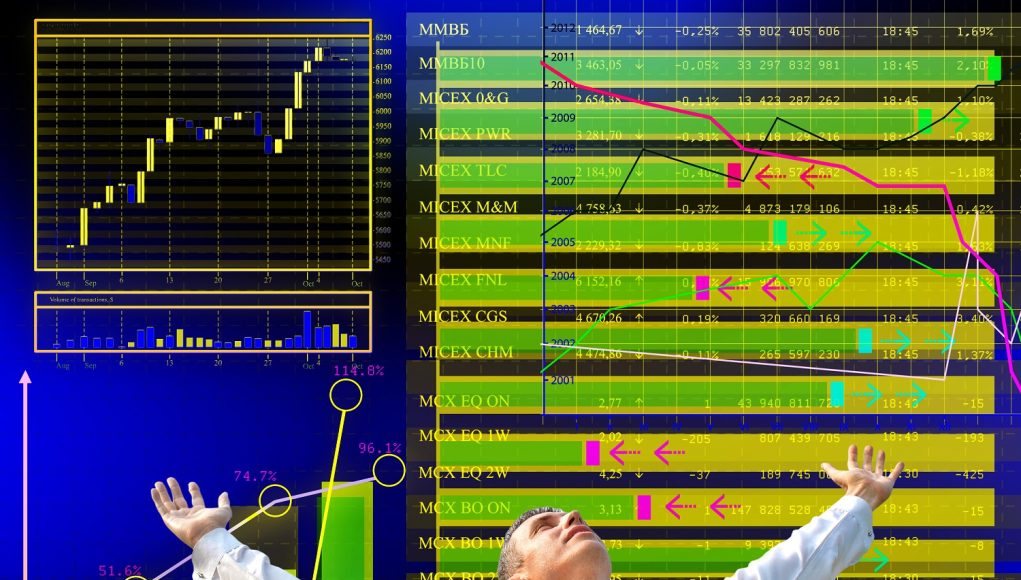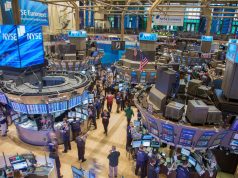South Korea’s stock market is delivering one of the year’s most impressive performances. The Kospi index has surged 48% year-to-date, dramatically outpacing the S&P 500’s 15% gain and beating major global indices including the Nasdaq, FTSE 100, Hang Seng, Nikkei 225, and Taiwan’s Taiex.
Multiple catalysts are driving this rally. President Lee Jae Myung’s election in June restored political stability after December’s short-lived coup attempt. Lee has made corporate governance reform and stock market performance top priorities, pledging to push the Kospi past 5,000 during his term from current levels around 3,550.
The government’s commitment to ending the “Korea discount”—the historical undervaluation of Korean companies—includes new shareholder protections and lower capital gains tax thresholds. Global investors are responding, pouring $11.5 billion into Korean stocks since May, far exceeding historical averages.
Korean stocks trade at a trailing P/E ratio of approximately 16.5, compared to 28 for the S&P 500. If Lee’s reforms gain traction and valuations simply normalize toward global standards, significant upside potential remains.
iShares MSCI South Korea ETF (EWY)
2025 Performance: +64% year-to-date
Expense Ratio: 0.59%
This ETF provides broad exposure to large and mid-cap Korean stocks, functioning as South Korea’s equivalent to the S&P 500. The fund holds 82 stocks with strong diversification beyond its top two positions.
Portfolio Composition
The fund’s holdings reflect South Korea’s economic strengths:
- Samsung Electronics (24%): Global electronics manufacturing leader
- SK Hynix (14%): Major semiconductor manufacturer benefiting from AI chip demand
- KB Financial Group (2.9%): Banking and financial services
- Hanwha Aerospace (2.5%): Aircraft engine manufacturer
- Naver Corp (2.4%): Internet search and advertising platform
No company outside the top two represents more than 5% of the fund, creating meaningful diversification across Korea’s economy. The heavy weighting in Samsung and SK Hynix provides direct exposure to the AI semiconductor boom that’s driving Korean tech valuations higher.
Investment Considerations
The 0.59% expense ratio sits at reasonable levels for international equity exposure. The fund’s 64% year-to-date gain reflects both the broader Kospi rally and the strong performance of its semiconductor holdings.
U.S. tariff policy represents a key risk factor. However, the July announcement of a “full and complete trade deal” with South Korea established a 15% tariff rate that appears manageable for Korean exporters if maintained.
The ETF’s performance demonstrates how quickly sentiment can shift when political stability returns and reform momentum builds. Investors who waited for clarity missed substantial gains, though valuations remain attractive relative to developed markets.
Alternative South Korea Exposure Options
While the source material focuses primarily on the iShares MSCI South Korea ETF, investors seeking Korean market exposure have additional options worth considering:
Franklin FTSE South Korea ETF (FLKR)
This fund offers similar broad-based exposure to Korean equities with a slightly different index methodology. The FTSE construction may result in marginally different sector weights and holdings compared to MSCI-based funds.
The key advantage is typically a lower expense ratio than the iShares fund, making it cost-effective for long-term holders seeking Korean market beta without paying premium fees.
VanEck Korea ETF (VNKR)
This alternative provides another pathway to Korean equity exposure through a different index provider’s methodology. The fund structure and holdings will overlap significantly with other broad Korean market ETFs, but fee structures and exact portfolio construction may vary.
For investors building diversified international exposure, comparing expense ratios across these options can generate meaningful cost savings over multi-year holding periods.
Investment Thesis for Korean Equities
Several factors support the case for Korean market exposure beyond short-term momentum:
Valuation arbitrage: Korean stocks trade at roughly 60% of S&P 500 multiples despite comparable or superior growth in key sectors like semiconductors
Reform catalyst: President Lee’s governance initiatives could unlock value as Korean companies adopt shareholder-friendly practices
Semiconductor leadership: SK Hynix and Samsung benefit directly from AI infrastructure spending, positioning Korea at the center of the technology buildout
Capital inflows: $11.5 billion in foreign buying since May represents a meaningful shift in global investor positioning
Political stability: June elections resolved the uncertainty from December’s coup attempt, providing clearer policy direction
Risk Factors to Monitor
Korean market exposure carries specific risks that differ from U.S. equity investing:
Trade policy uncertainty: Despite the July tariff agreement, U.S.-Korea trade relations remain subject to policy shifts that could impact export-dependent companies
Geopolitical considerations: Korea’s proximity to regional tensions and its economic ties to China create external risks beyond government control
Reform execution: President Lee’s ambitious agenda requires legislative cooperation and corporate buy-in that may prove difficult to achieve
Currency exposure: Korean won fluctuations impact returns for U.S. dollar-based investors, adding volatility beyond equity price movements
Concentration risk: Heavy weightings in Samsung and SK Hynix mean semiconductor sector performance drives overall returns
Timing Considerations
The 48% Kospi gain and 64% ETF rally year-to-date raise natural questions about entry timing. However, the valuation case remains intact. At 16.5 times earnings, Korean stocks would need to appreciate another 70% just to match S&P 500 valuation multiples without any multiple expansion.
If reform efforts succeed in partially closing the Korea discount, current prices may represent early innings rather than late-stage momentum. The $11.5 billion in foreign capital inflows since May suggests institutional investors are positioning for sustained revaluation rather than trading short-term momentum.
For investors seeking international diversification beyond U.S. markets, South Korea offers an unusual combination: developed market stability, emerging market valuations, and technology sector leadership. The recent rally has attracted attention, but fundamental drivers suggest the opportunity extends beyond near-term price action.








